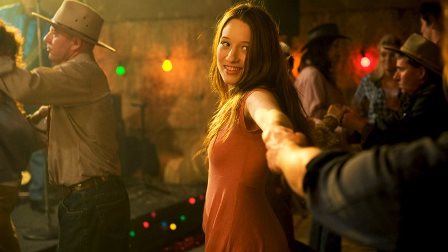Sophie Lowe in Rachel Ward's Beautiful Kate.
Screen Australia has received 452 applications – the most applications ever received for any funding program – for Brilliant Stories and Brilliant Careers, the two programs announced last December under the Gender Matters initiative.
334 female-led creative teams applied for Brilliant Stories, according to a Screen Australia statement.
Successful applicants for Brilliant Stories will receive up to $100,000 for feature films; up to $50,000 for teams to develop an inventive concept into a scripted television series of any genre or budget size; and up to $50,000 for scripted online and interactive projects.
The Brilliant Careers fund is for proposals of up to $250,000 that generate sustainable careers in the screen industry for women; identify gaps in career development pathways for female creatives; and support slates of projects and businesses that connect content to audiences.
118 companies from all around Australia applied for this program, Screen Australia said.
“Screen Australia’s Gender Matters initiative was created to boost the number of female-led creative teams in the screen industry", Screen Australia COO Fiona Cameron said.
"We have been so encouraged by the extraordinary and high-quality response to call outs for Brilliant Careers and Brilliant Stories. Among these proposals and applicants are vibrant and exciting new voices and innovative plans for professional development opportunities. These ‘big picture’ ideas and proposals mean that we can help to foster greater business sustainability.”
All applications will be assessed by Screen Australia and a longlist will be submitted to external industry assessors.
The assessors for Brilliant Stories are screenwriter John Collee; writer/director/producer Sally Chesher; Head of Australia and NZ Acquisitions at Transmission Films Megan Young; producer Mimi Butler; CEO and Festival Director of the Adelaide Film Festival Amanda Duthie; Head of Australian Production at Roadshow Films Seph McKenna; producer Pauline Clague and actor Sacha Horler.
The industry assessors for Brilliant Careers are Matchbox Pictures' Helen Panckhurst; CEO of the First Australian Completion Bond Company, Corrie Soeterboek; Head of Arts at the ABC Mandy Chang and Head of Australian Production at Roadshow Films Seph McKenna.
Screen Australia will announce the successful applicants for both initiatives by the end of June.
More information can be found here.



